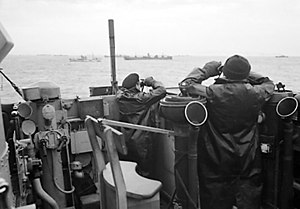In an
earlier post, I mentioned attending the museum of the Fort Garry Horse, the militia regiment garrisoned in Winnipeg. During a visit to the FGH museum our guide was Chief Warrant Officer Gordon T. Crossley, one of the authors of "Facta Non Verba". CWO Crossley's coauthor is Michael R. McNorgan, an armoured corps veteran and a well-published historian. Between them they have written a lively, colourful account of a proud regiment.
I have been interested in the regiment for some years, as it was one of the three regiments in the Canadian Cavalry Brigade in the Great War, and part of the milieu for my novel, "Soldier of the Horse". The chapter on the Great War is excellent, as are the others, covering as they do the regiment's origins, its participation in the two world wars, the cold war, and the modern era.
Also included are nominal rolls from early days onward, which will be of particular interest to families of veterans, and honours awarded to personnel and the regiment itself.
"Facta Non Verba" is an excellent, easy read, with a plethora of maps, photos, and diagrams. It is highly recommended for anyone interested in Canadian history, the Fort Garrys, and the evolution of this proud regiment.
The book is available through the
Fort Garry Horse Kit Shop.



.jpg)








